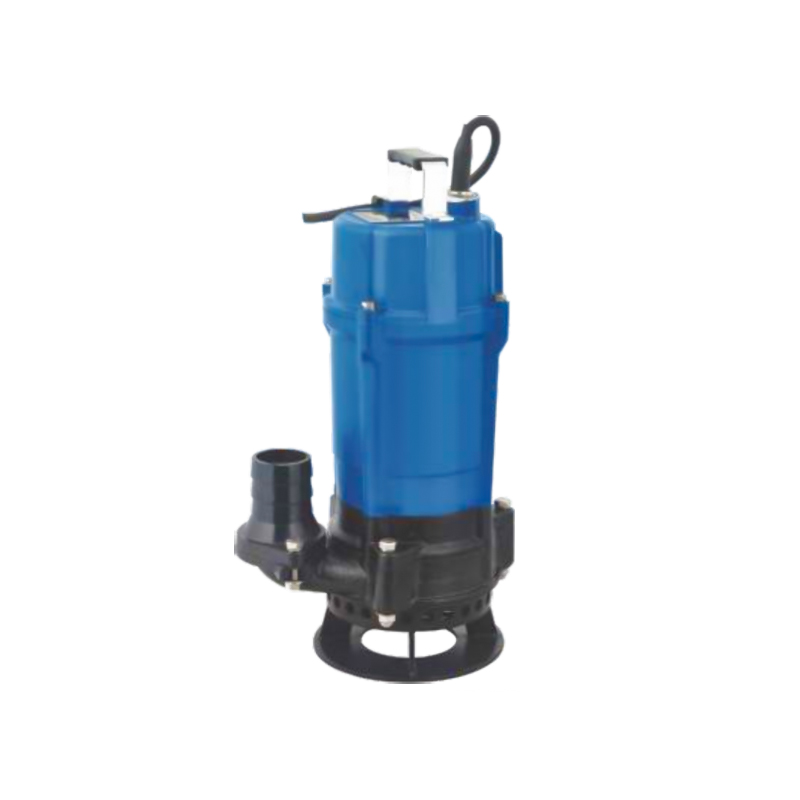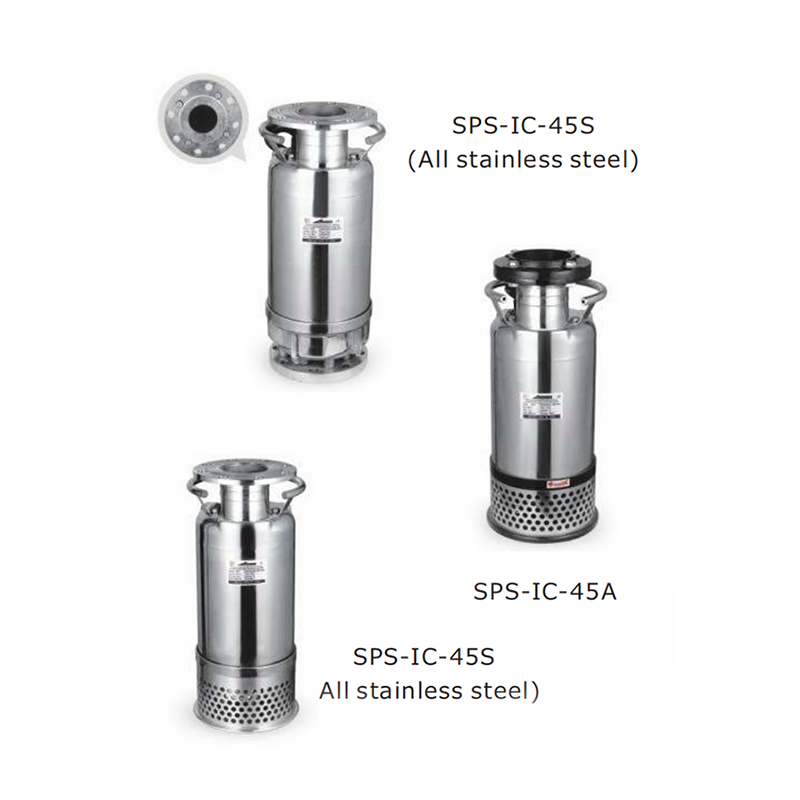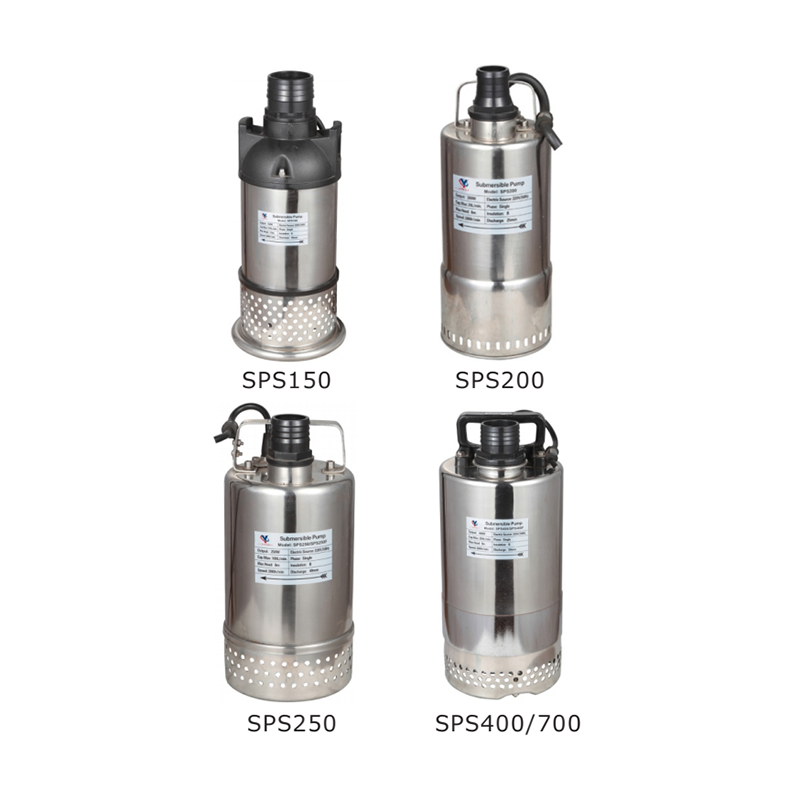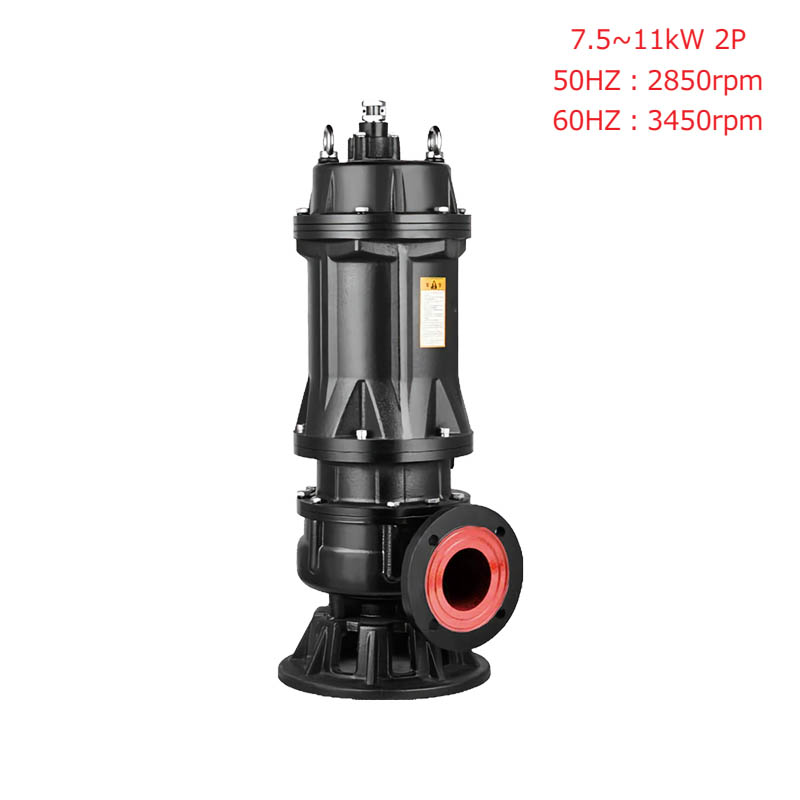Sand Mining Pumps are specifically designed to handle abrasive materials like sand, gravel, and slurries. They are built to withstand harsh conditions and continuous operation. Key components include a robust casing, wear-resistant impellers, and a powerful motor.
High Durability: Sand mining pumps are constructed from materials that resist abrasion and corrosion, such as high-chrome alloys and hardened steel. This ensures a long operational life even in harsh environments where the pump is exposed to abrasive materials.
Efficient Handling of Solids: These pumps are designed to handle large particles and high concentrations of solids. This capability is crucial in sand mining operations where the slurry often contains significant amounts of solid particles.
Consistent Performance: Sand mining pumps provide reliable and consistent performance, ensuring that the slurry is transported efficiently without frequent interruptions. This consistency is essential for maintaining steady production rates in mining operations.
Ease of Maintenance: Many sand mining pumps are designed for easy maintenance, with features like replaceable wear parts and simple assembly and disassembly procedures. This reduces downtime and maintenance costs, improving overall operational efficiency.
Versatility: Sand mining pumps can be used in a variety of applications, including dredging, mineral processing, and aggregate handling. This versatility makes them valuable assets in different phases of mining operations.
Sand Mining Pumps are used in several mining applications, including:
Dredging: These pumps are used to remove sand and gravel from riverbeds, lakes, and other bodies of water, facilitating navigation and resource extraction.
Mineral Processing: In mineral processing plants, sand mining pumps transport slurry from one processing stage to another, ensuring efficient material flow.
Aggregate Handling: These pumps are employed in handling aggregates for construction materials, ensuring consistent supply and processing.
Dewatering Mining Pumps are designed to remove water from mines, quarries, and construction sites. They play a crucial role in maintaining dry and safe working conditions. Key components include a high-capacity motor, impellers, a durable casing, and a non-clogging design.
Effective Water Removal: Dewatering mining pumps are highly effective at removing large volumes of water quickly. This capability is vital for keeping mining operations dry and safe, preventing water accumulation that can hinder production and pose safety risks.
Robust Construction: These pumps are built to withstand harsh mining conditions, including exposure to abrasive materials and corrosive fluids. Their robust construction ensures reliable performance and longevity.
Energy Efficiency: Many dewatering mining pumps are designed to be energy-efficient, reducing operational costs. Efficient water removal with lower energy consumption is a significant benefit in large-scale mining operations where energy costs can be substantial.
Non-Clogging Design: Dewatering pumps often feature non-clogging impellers and wide passageways to handle debris and solids without clogging. This design smalls downtime and maintenance, ensuring continuous operation.
Portability: Some dewatering mining pumps are designed to be portable, making them easy to move and deploy in different locations as needed. This flexibility is advantageous in dynamic mining environments where water removal needs can change rapidly.
Dewatering Mining Pumps are used in various applications, including:
Open-Pit Mining: These pumps remove groundwater and rainwater from open-pit mines, ensuring dry working conditions and preventing flooding.
Underground Mining: In underground mines, dewatering pumps manage water ingress, maintaining safe and dry tunnels and shafts.
Construction Sites: Dewatering pumps are used in construction projects to remove water from excavations, foundations, and trenches, facilitating safe and efficient building processes.
Quarries: These pumps are employed in quarries to manage water levels, ensuring ideal working conditions and preventing operational disruptions.



 English
English русский
русский عربى
عربى







